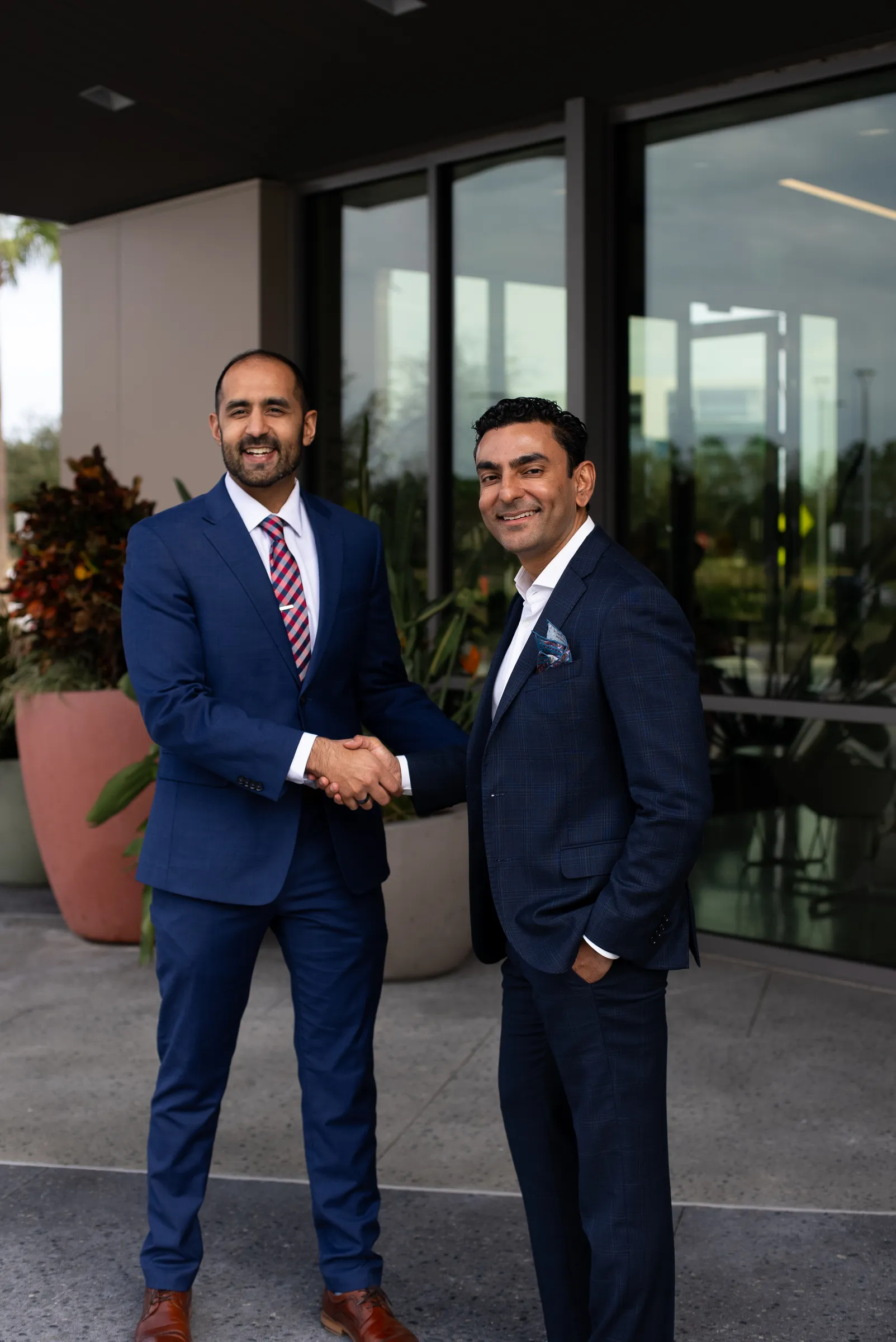This month a patient asked: “I’ve been diagnosed with dry eye syndrome, but I seem to tear. That doesn’t make sense?”
Dr. Patel answered:

Tears are necessary for maintaining the health of the front surface of the eye and for providing clear vision.
Several factors like age or environmental conditions can be attributed to dry eyes. With a decrease in production or tears evaporating too quickly, symptoms of dry eye can begin to develop. These symptoms include:
- Irritated, gritty, scratchy, or burning eyes
- Feeling of something in their eyes
- Excess watering
- Blurred vision
Three layers make up your tears and each layer serves a purpose to nourish and protect your eyes. A layer of oil is used to prevent evaporation of the water layer and a layer of mucus evenly spreads tears across the eye.
Although your eyes are still producing tears, they may be evaporating quickly, which would explain your symptoms of dry eye syndrome.
There are several easy ways to protect your eyes from developing dry eye syndrome or preventing your symptoms from getting worse. These include:
- Wearing Sunglasses
- Let your eyes rest and blink frequently when reading or staring at a computer screen
- Use a humidifier to increase the moisture in the air at home or work
- Nutritional supplements with fatty acids to decrease symptoms
- Stay hydrated throughout the day


